Here is a very common audio amp topology, from Douglas Self:

It has the usual 3 stages :
Input stage is transconductance, converts error voltage into differential current which is then turned into push-pull current by current mirror
"VAS" or "voltage amplification stage" which is both a current gain stage and a transimpedance stage ; at frequencies above a few hundred Hz it behaves as transimpedance, this means the output voltage is the integration of input current via compensation cap C3.
Unity gain power stage
There are two main reasons for going discrete:
In order to have a marketable output power like 60W into 8 ohms or more, supply voltage has to be pretty high, which means opamps can't be used without special tricks which either bring in serious compromises wrt distortion, or would make the circuit more complicated than a fully discrete circuit anyway.
In a discrete circuit, compensation (C3 on the schematic) can be adjusted according to what the design requires.
This latter point is important, usually an opamp has an internal compensation that cannot be modified. Thus the opamp introduces one dominant pole which may not be where you want it. Especially, if you add an output stage with gain to increase output voltage swing beyond opamp supply rails, this will introduce another pole in your loop, thus extra phase shift. It is much simpler to use pole splitting and dominant pole compensation in a discrete amp.
